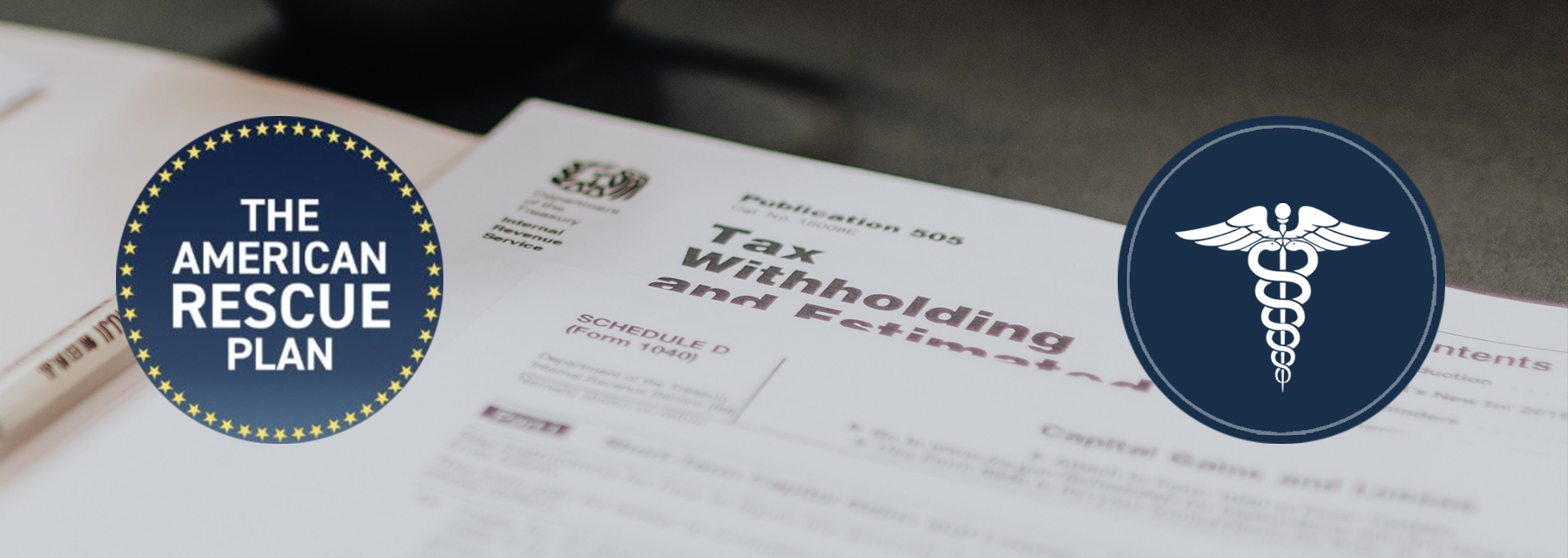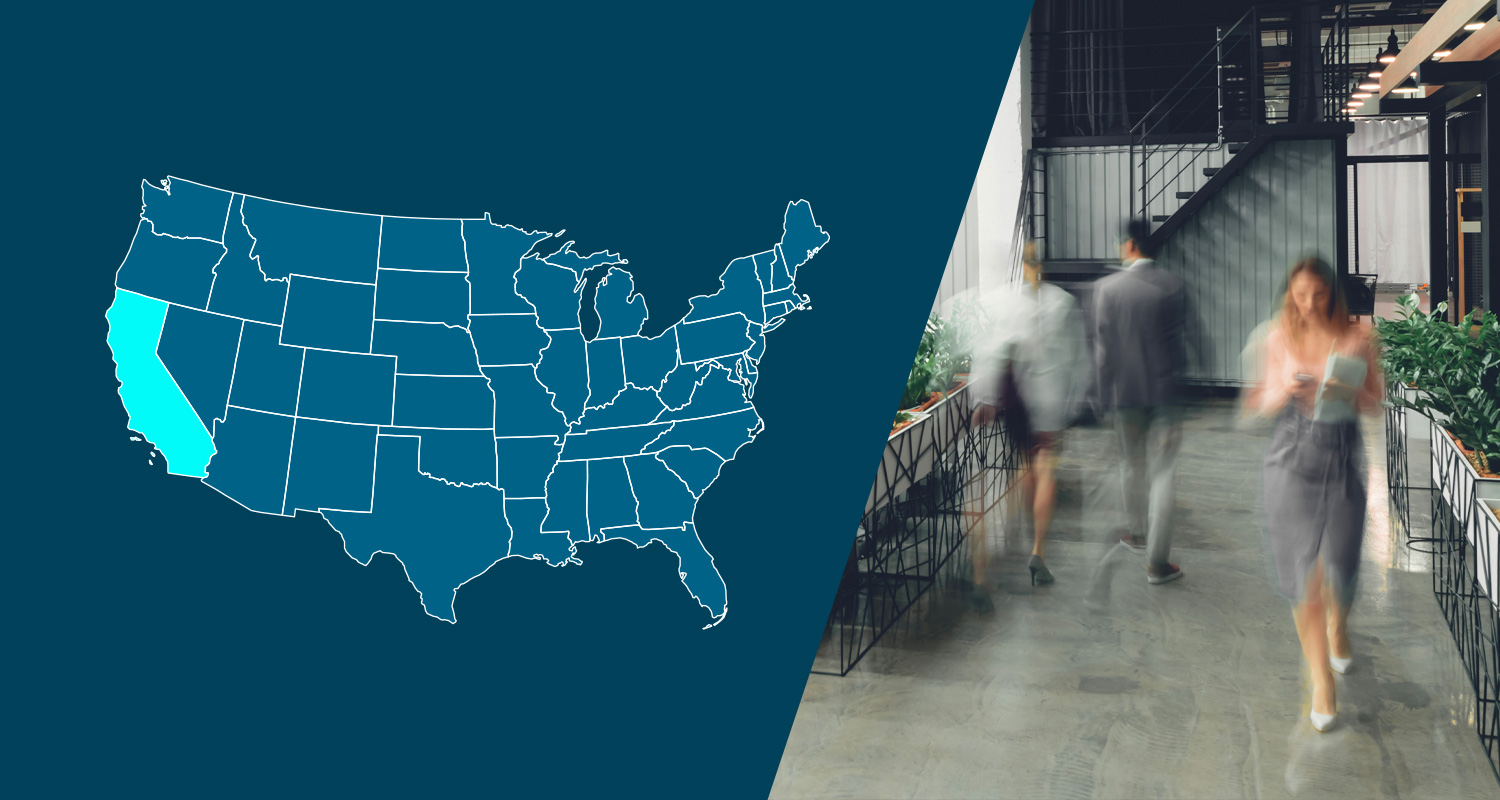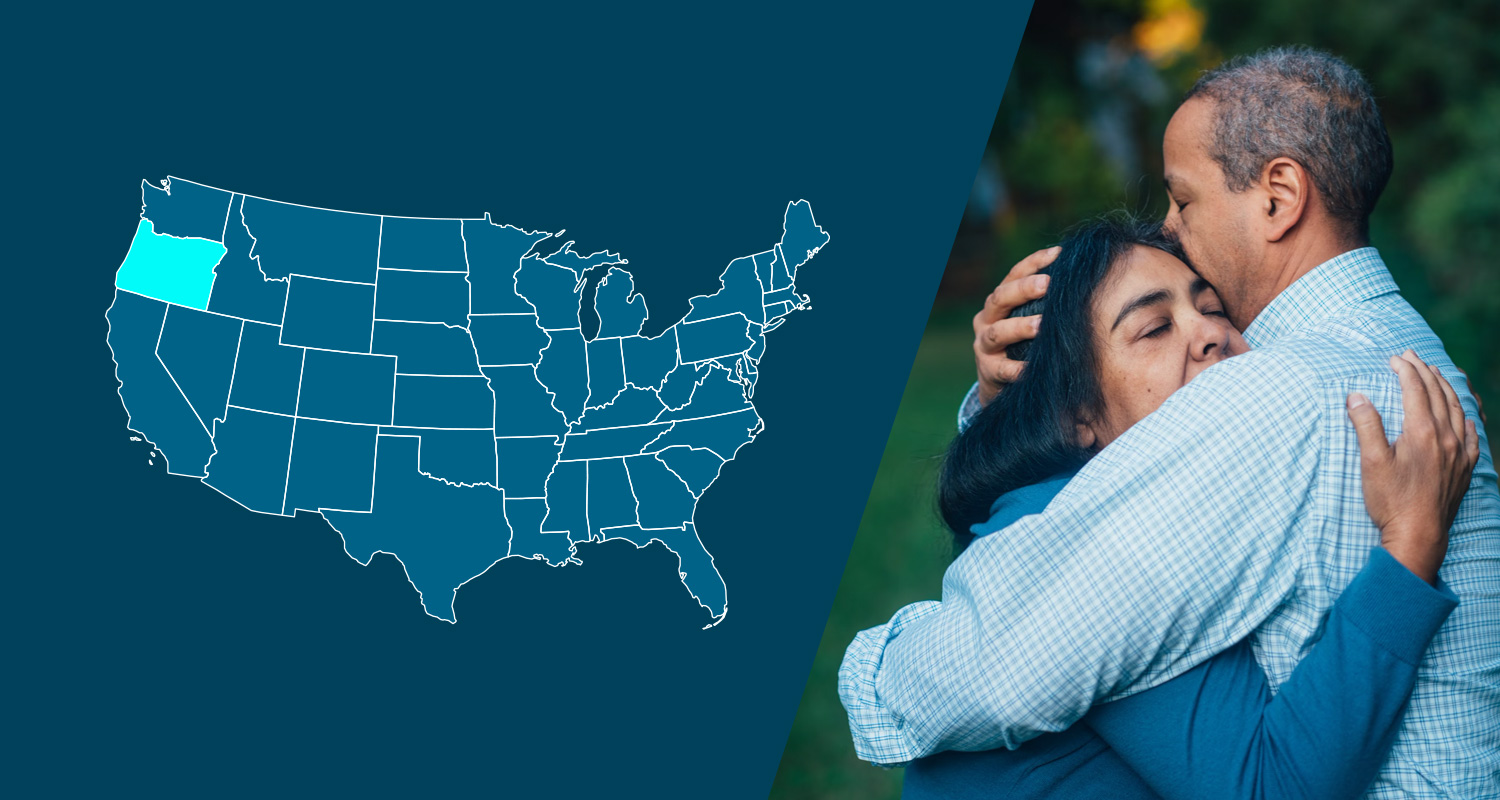UPDATED 7/6/21: The below article has been updated with the final versions of IRS Form 941 and Form 941 instructions.
ORIGINALLY PUBLISHED ON 6/11/21.
Recently, the Internal Revenue Service (IRS) published a Form 941 (“Employer’s Quarterly Federal Tax Return”) with associated instructions to include sections for the American Rescue Plan Act (ARPA) COBRA tax credits. Most employers who provided ARPA COBRA subsidies will use Form 941 to claim ARPA tax credits.
The IRS previously released a revised Form 7200 (“Advanced Payment of Employer Credits Due to COVID-19”) with associated instructions and Notice 2021-31, which (among other things) provides guidance on how employers can claim ARPA tax credits.
Below, we provide a round-up of the IRS guidance and instructions on how employers can claim the ARPA tax credits. This article only discusses obligations and tax credits for employers and does not discuss ARPA rules for multiemployer plans and plans not subject to federal COBRA. Employers should speak with their tax advisor on how to properly claim the tax credits.
ARPA and Employer Tax Credits
What are ARPA tax credits?
ARPA requires employers subject to federal COBRA (generally, those with less than 20 employees in the prior calendar year) and all employers that sponsor self-insured group health plans to provide a 100% COBRA subsidy from April 1, 2021 through September 30, 2021 for all “assistance eligible individuals” (AEIs). For more on the ARPA COBRA subsidy and AEIs, see our prior blogs here and here.
Employers who provide ARPA COBRA subsidies can claim a tax credit against their Medicare tax obligations. The ARPA tax credit is fully refundable, which means that employers can receive a payment from the IRS if their credit exceeds their Medicare obligations in a calendar quarter.
When are employers entitled to the ARPA tax credit?
As of the date an AEI elects COBRA coverage, employers become entitled to tax credits for any period of coverage (after April 1, 2021) and before the date of election. For periods of coverage after the election is made, employers are entitled to tax credits when a period of coverage begins (regardless of when an AEI would have been required to pay the COBRA premium).
Example 1: Assume an employer’s COBRA coverage is effective the first day of the calendar month with payments due on the 10th day of each calendar month. The employer pays its employees semi-monthly, with payroll periods ending on the 15th and last day of the month.
On June 17, 2021, an AEI elects COBRA coverage effective as of April 1, 2021. As of June 17, 2021, the employer is entitled to ARPA tax credits for premiums not paid by the AEI during periods of coverage from April 1 through April 30, 2021, May 1 through May 31, 2021, and June 1 through June 30, 2021. For periods of coverage after June 17, 2021, the employer would be entitled to a credit on July 1, 2021 for the period of coverage through July 31, 2021; on August 1, 2021 for the period of coverage through August 31, 2021; and on September 1, 2021 for the period of coverage through September 30, 2021 (assuming the AEI remains eligible and enrolled during those periods). See Q&A #74 and 75 on Notice 2021-31.
What is the amount an employer can claim in ARPA tax credits?
Generally, if an employer does not subsidize COBRA premium costs for similarly situated qualified beneficiaries who are not AEIs, the tax credit for a quarter is the amount equal to the premiums not paid by AEIs for COBRA coverage due to the application of the ARPA subsidies. The amount of the premiums not paid by AEIs is the premium charged for COBRA continuation coverage to other similarly situated covered employees and qualified beneficiaries and any other allowable administrative costs (i.e., generally 102% of the applicable COBRA premium). See Q&A #63 in Notice 2021-31.
Employers cannot claim a credit with respect to amounts taken into account as qualified wages under the CARES Act or as qualified health expenses under the FFCRA.
How much can employers claim in ARPA tax credits if they provide a COBRA subsidy?
If an employer subsidized COBRA coverage for an AEI, the employer can claim a tax credit equal to the amount it would have cost an AEI (i.e., the COBRA premium less the employer-provided COBRA subsidy). See Q&A #64 on Notice 2021-31.
Example 2: Assume the cost of applicable COBRA coverage is $1,000 per month. Absent ARPA, an employer requires individuals electing COBRA to pay $500 per month (essentially providing a $500 per month COBRA subsidy). The employer can claim an ARPA tax credit of $500 per month for AEIs enrolled between April 1, 2021 through September 31, 2021.
Claiming ARPA Tax Credits
How do employers claim the ARPA tax credit?
Employers claim the tax credit by reporting the credit on its federal quarterly employment tax returns (usually Form 941). If an employer’s anticipated quarterly tax credit exceeds their quarterly Medicare tax obligations, then they can use Form 7200 to request an advance of the tax credit (see discussion below).
Federal Employment Tax Returns: In anticipation of receiving the ARPA tax credit, employers can deduct the amount they are entitled to receive in ARPA tax credits from their Medicare taxes (including portions withheld from employees) they would have otherwise been required to deposit. For instance, employers who provided COBRA subsidies to AEIs during the 2nd quarter (anytime between April 1, 2021 through June 30, 2021), can claim the ARPA tax credit on their quarterly Form 941, which is due July 31, 2021.
Form 941 and Instructions: Employers who use Form 941 to file their quarterly employment tax returns will need to fill out the following line items to claim the ARPA tax credit. The Form 941 instructions provides “Worksheet 5,” a form that employers can use to determine their ARPA tax credit.
- Line 11e (Nonrefundable portion of COBRA premium assistance credit): Employers should enter the “nonrefundable” portion of ARPA tax credit they provided in the quarter, which is generally the amount of COBRA subsidies provided that does not exceed their Medicare tax obligations. This amount is listed under Step 2, line 2g, in Worksheet 5.
- Line 11f (Number of individuals provided COBRA premium assistance): Employers should enter the number of AEIs for which they provided a COBRA subsidy during the quarter. All AEIs covered under “one COBRA plan” should be counted as one individual. For example, if COBRA coverage is for a former employee, spouse, and two children, the employer should count them as one individual.
- Line 13f (Refundable portion of COBRA premium assistance credit): If an employer’s tax credit exceeds their Medicare taxes, then employers should enter this amount (called the refundable portion of the COBRA premium tax credit) in line 13f. This amount is listed under Step 2, line 2h, in Worksheet 5.
Advance of ARPA Tax Credits
When can employers claim an advance of the ARPA tax credit?
If an employer’s anticipated ARPA tax credits exceed the Medicare deposits available, the employer may file Form 7200 to request an advance for the remaining credit after the end of the payroll period in which the employer became entitled to the credit. See above for the discussion of when employers become entitled to the credit.
Example 3: Assume the same facts in Example 2, keeping in mind the employer pays employees semi-monthly on the 15th and last day of the month. The employer may reduce its federal employment tax deposits as of June 17, 2021 (the date the AEI elected COBRA) in anticipation of the credit to which the employer is entitled. If the credit exceeds the available reduction in deposits, the employer may file a Form 7200 to request an advance for the remaining credit after the end of the semi-monthly payroll period in which the employer became entitled to the credit.
Therefore, because the AEI elected coverage on June 17, 2021, the employer may seek an advance beginning on July 1, 2021, the day after the end of the semi-payroll period of June 16 through June 30, 2021 (even though the employer is entitled to reduce its deposits as of June 17, 2021). See Q&A #76 on Notice 2021-31.
It is important to note that advances may not be requested for a tax credit for a period of coverage that has not yet begun. Form 7200 must be filed before the earlier of:
- The day an employer files their federal employment tax return for the quarter in which the employer is seeking an advance; or
- The last day of the month following that quarter.
Form 7200 and Instructions: Employers who want to request an advance of the tax credit will need to fill out the following line items:
- Line G (Number of individuals provided COBRA premium assistance during the quarter for the advance requested): Employers must enter the number of individuals that they provided a COBRA subsidy to during the quarter. For purposes of Line G, all AEIs covered under “one COBRA plan” should be counted as one individual. For example, if COBRA coverage is for a former employee, spouse, and two children, the employer should count them as one individual.
- Line 4 (Total COBRA premium assistance provided this quarter): Employers should enter the COBRA subsidies they provided to AEIs during the quarter.
Employer Action
Employers should work with their payroll team or tax advisor to ensure the ARPA tax credits are properly claimed on the appropriate tax forms and timely filed.
- Employers who want to claim ARPA tax credits for COBRA subsidies provided between April 1, 2021 through June 30, 2021 must fill out the appropriate sections of their federal quarterly employment tax return (e.g., Form 941), which is due July 31, 2021.
- Employers with anticipated ARPA tax credits that exceed their Medicare tax liability may want to request an advance of the credits by filing Form 7200.
- Employers who provide ARPA COBRA subsidies in July, August, and/or September will be able to claim tax credits on their third quarter employment tax returns, which will be due October 31, 2021.
Additional Resources
- IRS Resources
- Sequoia Foreword:




